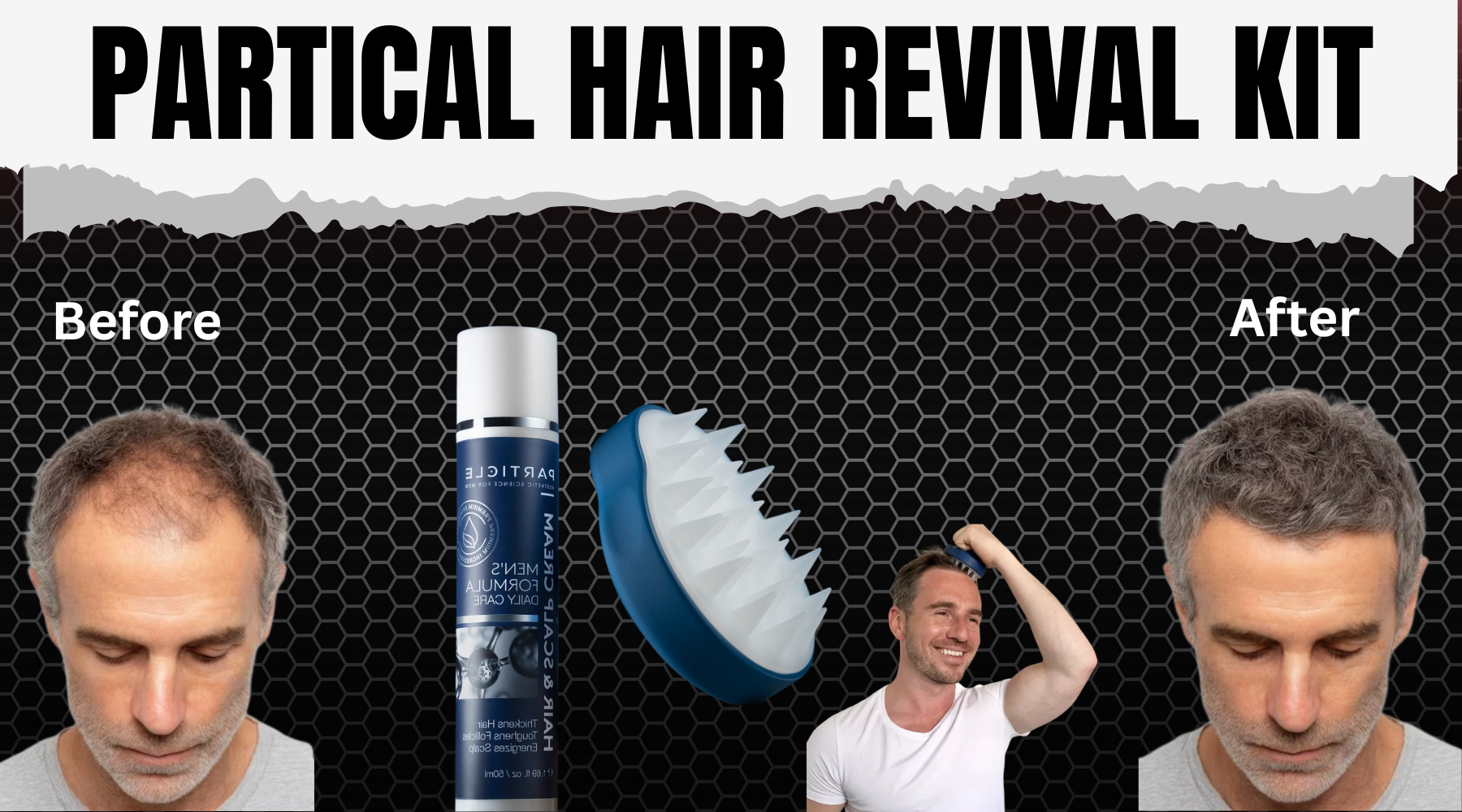How to Put on a Wig
 Want to try a new hairstyle but aren’t ready to fully commit? Starting chemotherapy and want to prepare for hair loss now? Already experiencing hair loss and want to feel confident again?
Want to try a new hairstyle but aren’t ready to fully commit? Starting chemotherapy and want to prepare for hair loss now? Already experiencing hair loss and want to feel confident again?
You might be getting ready to, or have already purchased, your first wig (not sure where to start with wig buying, check out our Buyer’s Guide).
Now you’re thinking, “How do I put this on?”
That’s okay! Putting on a wig isn’t as intuitive as it seems.
To make sure your wig is fitting correctly, feels comfortable, and looks natural, follow our step-by-step wig application guide.
You’ll be putting on your wig like a pro in no time, we promise.

Removing Your Wig From the Box
Professional wigs will stand up to everyday wear, but in general, you should be very careful when handling your wig.
When you’re removing your wig from its original packing, there are a few special considerations to keep in mind.
First, most wigs boxes are designed to help protect your wig. As you’re opening the box for the first time, try keeping it intact. You can save the box for storing your wig between wears.
Take the wig with both hands, placing your hands on the wig cap and slowly lifting. Go slow and be gentle. You don’t want your wig to rip or snag on its packaging.
Prepping Your Wig
With both hands cupped inside the wig cap, give your wig a gentle shake. Shaking your wig lets out the wig fibers and loosens it, giving your wig volume and “realistic” look.
Does your wig have curls or ringlets? Use your fingers to separate the curls gently. If you run into some stubborn curls, use a pick comb to release them.
If your wig has a straight style, use a wig brush to brush it out gently. Wig brushes are specially made to comb your wig delicately.
Pro tip: NEVER use a regular hairbrush on your wig. They are too harsh for wig hair and will pull out the wig, damage the wig cap, or create permanent split ends.
Prepping Your Hair
The way you prep the hair underneath your wig will change depending on the type of hair you have.
Short Hair Brush your hair back, away from your face. This step prevents your hair from showing past the hairline of your wig.
Long Hair Secure your hair by making flat pin curls or braiding it tightly to your head. Keep the pins or braids flat as possible.
Little-to-no-Hair If this is you, invest in a professional wig liner to wear with your wig. Wig liners do an excellent job of keeping your wig in place and can prevent irritation from direct contact with your scalp.
Keep in mind, some people recommend wearing a wig cap underneath your wig regardless of hair type. Wig caps create the smoothest possible surface underneath your wig, giving it the most natural look.
Practice this step before moving on. Making sure the surface underneath your wig is flat and smooth will ensure the wig looks natural on your head.
If there are any bumps underneath your wig and people will know you’re wearing one.
Still confused about how to prep your hair for your wig? Practice with a friend or join a support group. Most support groups have wig parties where you can try out, style and learn best practices for putting on your wig.
Prepping Your Skin
Clean the skin around your hairline with water or a cleaning solution. This step removes any oils or impurities on your skin, which helps wig glue, adhesive tape, and wig caps apply smoothly.
After you’ve prepped your skin, apply a scalp protector (a spray, gel, or cream). Apply a scalp protector keeps sensitive skin from irritation or damage.
Pick an Adhesive (Or use none!)
There are two surfaces you can apply your wig to: your scalp (with wig glue, adhesive tape, or nothing at all) or a wig cap.
If you’re using a wig cap: Gently stretch the cap over your head and line it up to just cover your hairline, making sure all your hair is underneath it, then secure it with a few bobby pins.
If you’re using wig glue: Dip a makeup brush into the glue and apply a thin layer all the way around your hairline. Take a few minutes to let it dry. You’ll know the glue is dry when it’s no longer thin and wet and instead feels “sticky.”
If you’re using adhesive tape: Gently place double-sided strips all the way around your hairline to secure it to your skin. Make sure to leave a small space between each strip of tape. Leaving a space lets moisture escape when you sweat.
If you’re using nothing at all: Move on to the next step.

Preparing the Wig
If you’re using adhesive tape or glue, take extra care to make sure the wig hairs don’t get stuck to the tape or glue. Pull all the hair into a ponytail if you have a long wig, or pin it back with clips or bobby pins if it’s short.
If you’re using a full or half lace wig, cut the lace to match your hairline. Consider having your stylist do this step for you. You want to make sure you don’t cut off too much of the wig cap and disrupt the natural hairline of your wig.
Putting Your Wig On
Now it’s time to put on your wig. Follow these steps, and your wig will slide on smoothly every time.
- Grasp the wig where the label is located (the nape) with both hands. Tilt your head forward slightly.
- Place the wig slightly above your eyebrows then slip the wig on just as you would a shower cap.
- Slowly push the front of the wig back until it rests comfortably just below your natural hairline, covering your wig cap, wig glue or adhesive tape. Don’t give yourself away by exposing your hair underneath the wig. Remember, the trick is to make it look like you’re not wearing a wig in the first place!
- Gently grasp the ear tabs on your wig to center it. Position the tabs on both sides in front of your ears without covering your ears with your wig.
- After you’ve centered your wig and it’s comfortable, tuck in any of your own hairs that might be peeking out.
*A note on lace front wigs. You still need to place the front of the wig above the eyebrows when applying and slide it back, but you should avoid bending or folding the wig. Don’t stretch out your lace wig, either. Lace front wig caps won’t shrink back after you’ve stretched them out.
Adjusting Your Wig
Keep in mind; some wigs feature an elastic or velcro band. If your wig has velcro tabs on the back, use them to adjust your wig for ultimate comfort.
If you have a lace front wig, be very gentle when adjusting your wig. Lace front wigs are designed to reveal the front of the hairline, and you’ll need to practice extra care when adjusting since the ultra-fine monofilament fabric at the front of the wig cap is delicate.
Practice, practice, practice!
Congratulations - you’ve put your wig on!. We bet it looks great :)
If it doesn’t look quite right the first time you put it on, that’s okay! Practice makes perfect, and your wig will look better and better each time you put it on.





